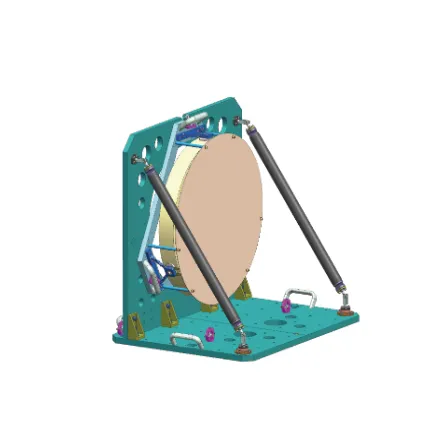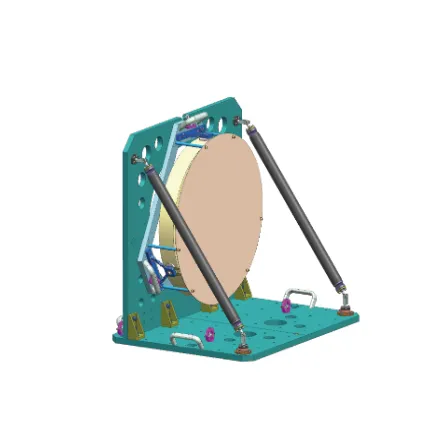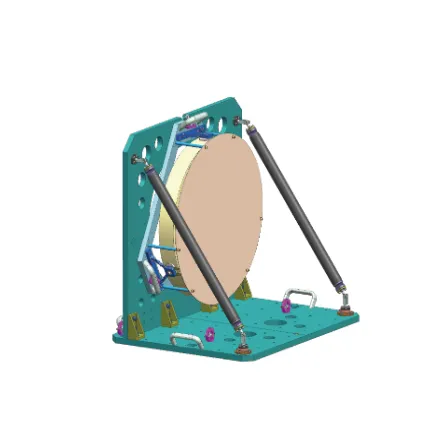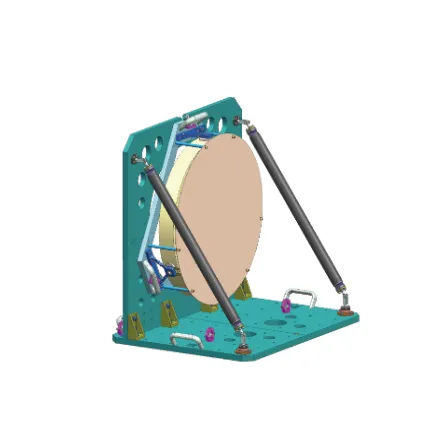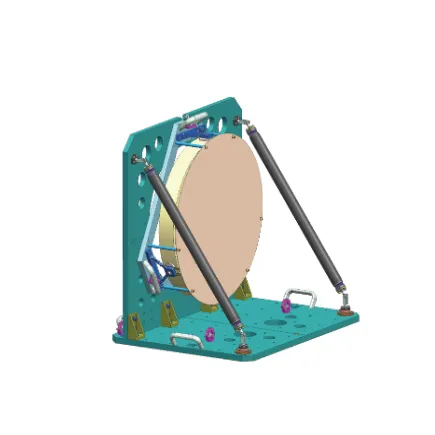
- Awherika
- Albanian
- Amharic
- Arapi
- Arameina
- Azerbaijani
- Basque
- Belarusian
- Bengali
- Bosniana
- Bulgarian
- Katarana
- Cebuano
- Haina
- Korihika
- Koroatiana
- Czech
- Teniana
- Tatimana
- Ingarihi
- Esperanto
- Estonian
- Finnish
- Wīwī
- Frisian
- Kariri
- Georgian
- Tiamana
- Kariki
- Gujarati
- Haiti Creole
- Hausa
- hawaii
- Hiperu
- Kao
- Miao
- Hungarian
- Tiorangi
- igbo
- Initonia
- Irish
- Itariana
- Hapanihi
- Hawaana
- Kannada
- Kazakh
- Khmer
- Rwandan
- Koreana
- Kurdish
- Kyrgyz
- Reipa
- Latina
- Latvian
- Lithuania
- Luxembourgish
- Makeronia
- Maori
- Malay
- Malayalam
- Marite
- Maori
- Mareti
- Mongolian
- Myanmar
- Nepali
- Norewai
- Norewai
- Occitan
- Pashto
- Pahia
- Porohia
- Potiti
- Punjabi
- Romanian
- Ruhia
- Hamoa
- Scottish Gaelic
- Serbian
- Ingarihi
- Shona
- Sindhi
- Sinhala
- Slovak
- Slovenian
- Somali
- Paniora
- Hatana
- Swahili
- Huitene
- Tagalog
- Tajik
- Tamil
- Tatara
- Telugu
- Thai
- Turiki
- Turkmen
- Iukereiniana
- Urdu
- Uighur
- Uzbek
- Vietnamese
- Welsh
- Awhina
- Yiddish
- Yoruba
- Zulu
Industrial Inspection Revolutionized by Multispectral Camera Technology
In modern industry, visual inspection has evolved beyond the visible light spectrum. Enter the kāmera hiranga maha, a transformative tool capable of detecting material inconsistencies, structural defects, and hidden damage—long before they become visible to the human eye. From pipeline monitoring to electronics inspection, these cameras are changing how we manage quality and safety.
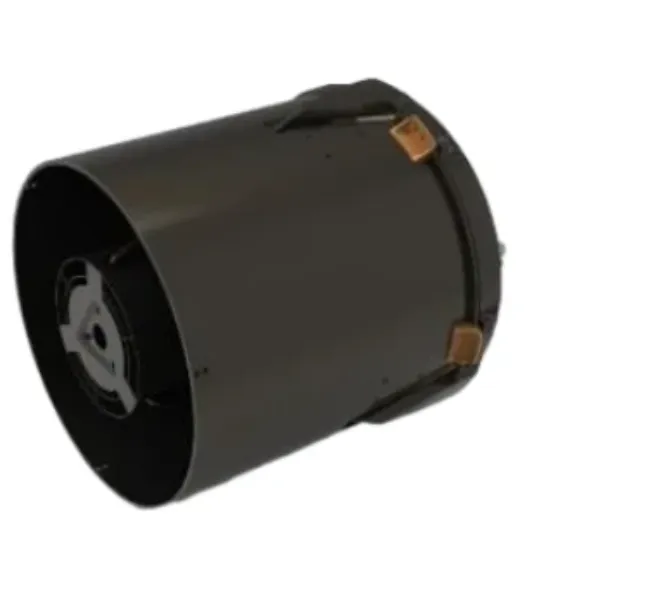
How Multispectral Imaging Works in Industry
Unlike conventional RGB cameras, a multispectral imaging camera captures data across multiple discrete bands of the electromagnetic spectrum. This allows for the identification of subtle differences in surface texture, temperature, moisture content, or material composition.
A multi spectral camera installed in a manufacturing line or drone-mounted for remote site inspection can quickly detect corrosion under paint, differentiate materials with similar color profiles, or assess product uniformity.
Cost-Effective Innovation for Industrial Use
In recent years, there has been a surge in the demand for low cost multispectral camera solutions. These systems combine affordability with sufficient spectral range and resolution for tasks such as:
Crack and stress detection in building facades
Heat loss analysis in mechanical systems
Electrical panel inspection
Pipeline leak and corrosion monitoring
Companies looking to buy multispectral camera units for routine inspections now have a variety of compact, ruggedized devices with built-in data logging and cloud reporting capabilities.
Versatility Through Multispectral Lens and Optics
At the heart of every camera is a precision-engineered multispectral lens, capable of aligning multiple spectral bands onto the sensor array without distortion. These lenses are optimized for industrial environments, handling extreme temperatures, vibrations, and low-light conditions.
For advanced monitoring, systems such as the kamera huinga infrared multispectrum integrate thermal and spectral data to provide a full image of surface behavior—ideal for detecting insulation issues or fluid leaks in mechanical assemblies.
Applications in Electronics and Circuitry
In electronics manufacturing and maintenance, a multispectral visible imaging camera enables precise inspection of printed circuit boards (PCBs), solder joints, and insulation layers. By identifying anomalies invisible in traditional imaging, companies can reduce defect rates and improve product lifespan.
Moreover, optical spectral analysis helps in identifying foreign material contamination or oxidation on sensitive components—tasks that are crucial in high-precision industries like aerospace or medical devices.
Pricing and Market Trends
While previously a niche technology, the growing demand has improved the multispectral camera price landscape. Manufacturers now offer scalable pricing based on resolution, frame rate, and spectral customization. For businesses looking to enhance reliability without excessive costs, a low cost multispectral camera may be sufficient for basic inspections.
More comprehensive solutions—those integrated with AI software for defect detection—offer higher price points but also unmatched performance in automation and predictive maintenance.
The kāmera hiranga maha is becoming indispensable in industrial settings where safety, performance, and efficiency are critical. Whether integrated into automated systems or used by field technicians, it provides an unmatched layer of insight across materials and structures.
If you’re exploring a multispectral camera buy for inspection, or planning to incorporate a kamera huinga infrared multispectrum into a larger sensor suite, now is the time. As hardware becomes more accessible and software more intelligent, multispectral imaging camera solutions are fast becoming standard tools in modern industry.






